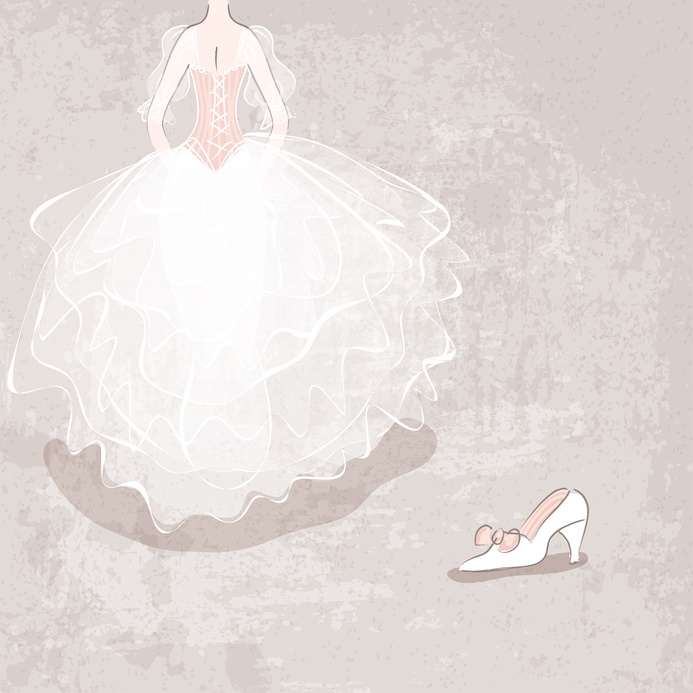Yesterday would have been the 116th birthday of famed costume designer, and 8-time Academy Award winner, Edith Head. We’re celebrating by providing tips on how to safely store your garments.
We’re going to focus specifically on the storage of wedding dresses as they are frequently stored for extended periods of time, but these tips can be applied to the storage of any textiles.
Step One
The first thing you’ll want to do is have your wedding dress professionally dry cleaned, preferably as soon after your wedding as possible. Be sure to check around with local dry cleaners to find one with specific experience in handling wedding gowns.
Step Two
Once your dress is cleaned, you’ll need to decide if you’re going to employ a professional packaging/preservation service of if you’ll handle the dress yourself. If you decide to do it yourself, you’ll need to purchase archival quality materials. For this you’ll need to know exactly what materials were used to make your dress. Fibers (like cotton) or synthetics will need to be wrapped in buffered, archival tissue. Buffered tissue is above pH neutral and will work to counteract any acidity that comes in contact with your dress. Materials that sourced from animals (silk, wool, fur, leather, etc.) need to be wrapped in non-buffered tissue as they will naturally have a more acidic composition.
Use an acid-free storage box for your dress. Pack the bodice with tissue to help maintain its shape before folding and boxing your dress. Do not seal the box as you’ll need to take it at least once a year to re-arrange it. This helps prevent any permanent damage developing from the creases of the folds.
You may also choose to have your dress hung. If that’s the case, you’ll need to use a heavily padded hanger and kept in a cloth bag that is not dyed. Do not keep any garment stored in a plastic bag as over time plastic can emit an odor which will be absorbed by fabrics. Plastic will also retain any moisture in the air, which will cause your clothes to mildew. Reinforce dresses with thin straps or are strapless to prevent any pressure damage from being hung. Stuff the bodice with tissue to maintain its shape.
Step 3
Keep your dress stored in a cool, dry area with little to no direct light. If there isn’t a spot in your home that is ideal, you should absolutely consider renting a climate-controlled storage unit. Climate-controlled storage maintains constant levels of heat to ensure any items more susceptible to atmospheric conditions remain preserved.
Whether your dress is boxed or hung, you’ll need to check on it a minimum of once a year. Wear white, cotton gloves when handling the dress to avoid getting any dirt or oils on the fabric which might lead to staining. Check the dress thoroughly for any signs of stains (some spills may not be easily visible when initially dried but will become more visible over time) or wear and tear. Take care of any cleaning or repairs needed as soon as you discover them.
A wedding dress is truly a one-of-a-kind item, a symbol of a life you’ve created with someone else. Taking the proper precautions when storing your dress will help ensure you can preserve this cherished memory for years and years to come.


